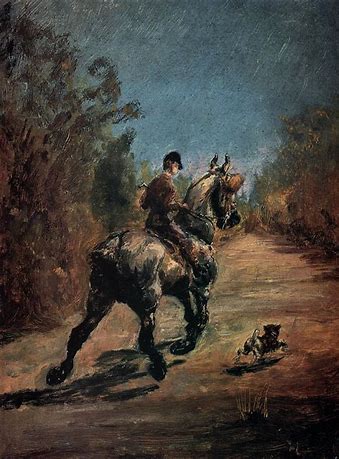When we’d get back to the house at dinnertime, and even before we could eat, Brother John would have to have a cold drink right from the spring, and a pan of warm water to bathe his feet in. I can still recollect how hungry I’d be, but I’d have to wait for Brother John to bathe his feet. It was the same old story at night, too, and I’d have to run to the spring in the dark for cold water no matter how lond he’d helt or how sleepy I was.
Now all this meant that ever time before we went to meetin’ I’d have to set a pan of water on the hearth to have it warm to bathe his feet, and as soon as we’d get home, I’d have to run all the way to the spring and back to be sure his drink would be cold.
After a few days of this I got mighty tired of it. But knowing my Mother, I knowed that as long as that protracted meetin’ went on I was stuck. So one day I took matters in my own hands.
That day when we got back to the house from meetin’ I dashed through the house, grabbed the water bucket without being told, and took off to the spring. When I got back the Preacher was setting on the doorstep that led from the big room down to the lower room. He had his shoes and socks off, just setting there waiting for his cold drink and his pan of warm water.
I rushed him his tumbler of cold water only minutes from the spring. And while he was drinking it, I set the pan of water down right by his feet.
Without even looking down, he let out a deep breath of contentment jest like a sick kitten to a hot rock, and slid both feet into that pan of water.
And that’s when the roof purt night caved in. He dropped the tumbler, fell back flat on his back in the floor, with both his feet in the air and yelling his head off.
“Lord o’mercy! Lord o’mercy,” he yelled, “I’m scalded! I’m scalded.”
I’d got clean out to the barn, but I could still hear the uproar. It took Pa and Mother both to convince him that the water was icy cold jest fresh from the spring and not hot a-tall.
Well, I got my hide tanned properly, but it was worth it I tell you, fer that was the last time that Brother John bathed his feet at our house.”















